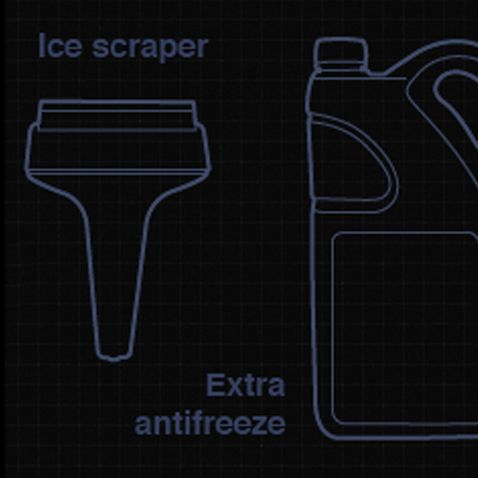
LEARN HOME

Recent Articles


Shopping for Tires
Summer Tires vs. All Season Tires
When debating between all season tires vs. summer tires, the differences between the two types can be easily misunderstood. Depending on your vehicle, driving conditions, and personal preferences, one may be a better option than the other. When choosing between summer and all season tires, it helps to understand the benefits and limitations of each.


Shopping for Tires
Comparing Winter & Snow Tires vs. All-Season Tires
Many drivers ask themselves: “Do I need winter tires if I have all-season tires on my car?” The short answer is, possibly. To understand what tires you'll need, you must first understand the differences in winter tires vs. all-season tires. Every driver's needs are different depending on the weather and road conditions they encounter throughout the year.

ARTICLES BY CATEGORY
Discover why your journey is our passion. Learn more about proper tire care, tire types, and the advantages of Bridgestone's breakthrough tire technology
































